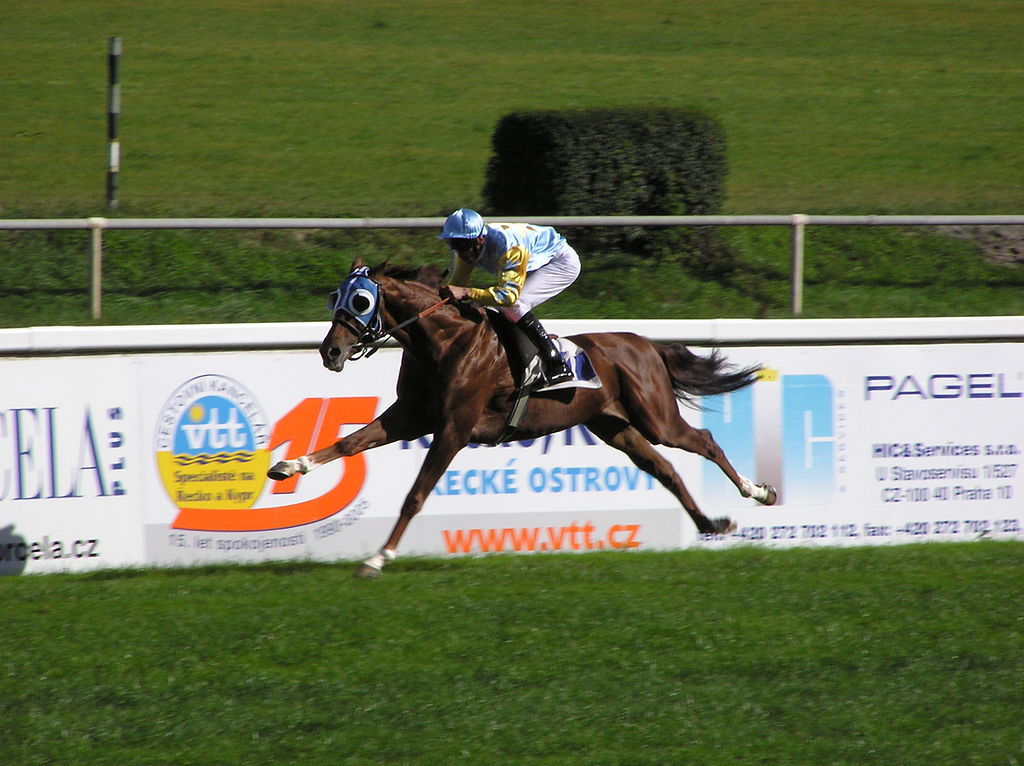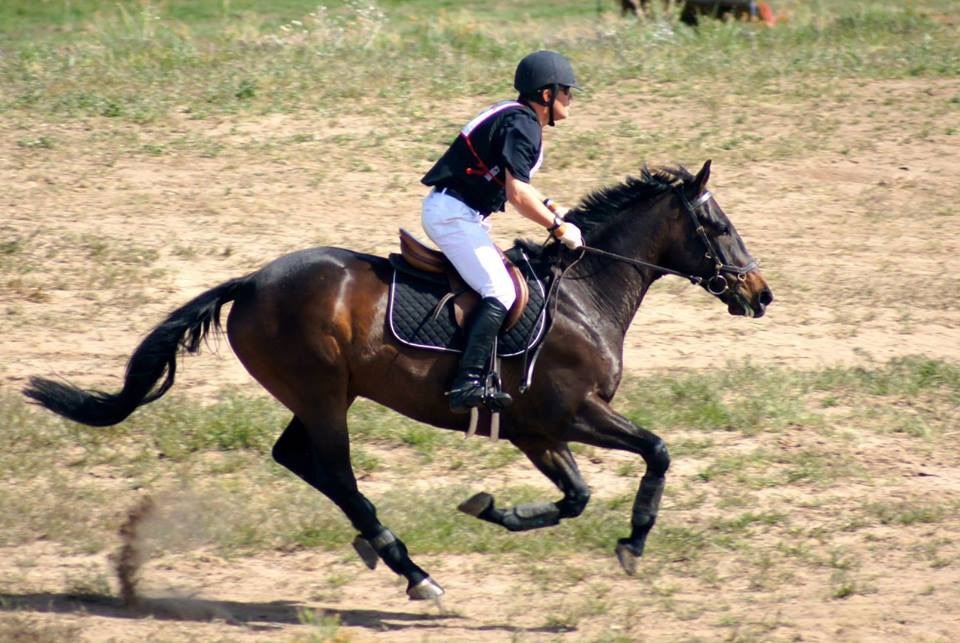I ride western however I like to read dressage/jumping articles because I find it does a better job explaining aids and horse movements.
My question is in a gallop/ run if you are riding in a light seat what is your hip motion in order to follow the horse’s movement?
For example in the walk it’s an alternating hip going forward, the trot one hip drops independently of the other and the lope the inside seat scoops.
I haven’t been able to find an article that describes the following seat motion in a gallop/run for the most part all I can find is articles describing the 2 point seat.
Does anyone have a good description for me?



 and yes they flatten out. It’s a different feeling for sure but it’s still in the canter family just like the OPs Western jog is in the same trot family as a full scale dressage extended trot but feels very different.
and yes they flatten out. It’s a different feeling for sure but it’s still in the canter family just like the OPs Western jog is in the same trot family as a full scale dressage extended trot but feels very different.